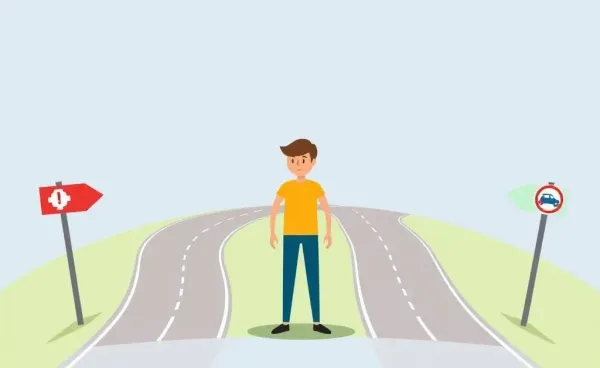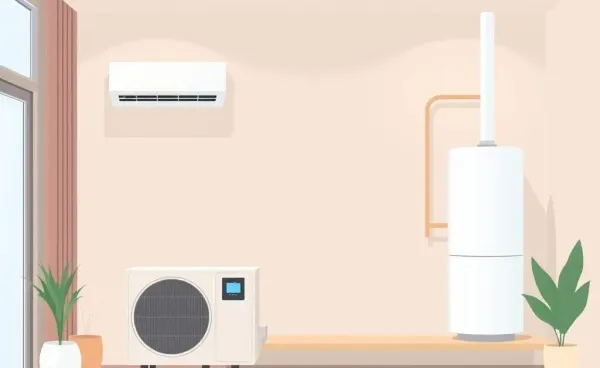Unlocking the Mystery of Down Payments: A First-Time Home Buyer's Guide
Navigate down payments confidently with our warm, insightful guide.
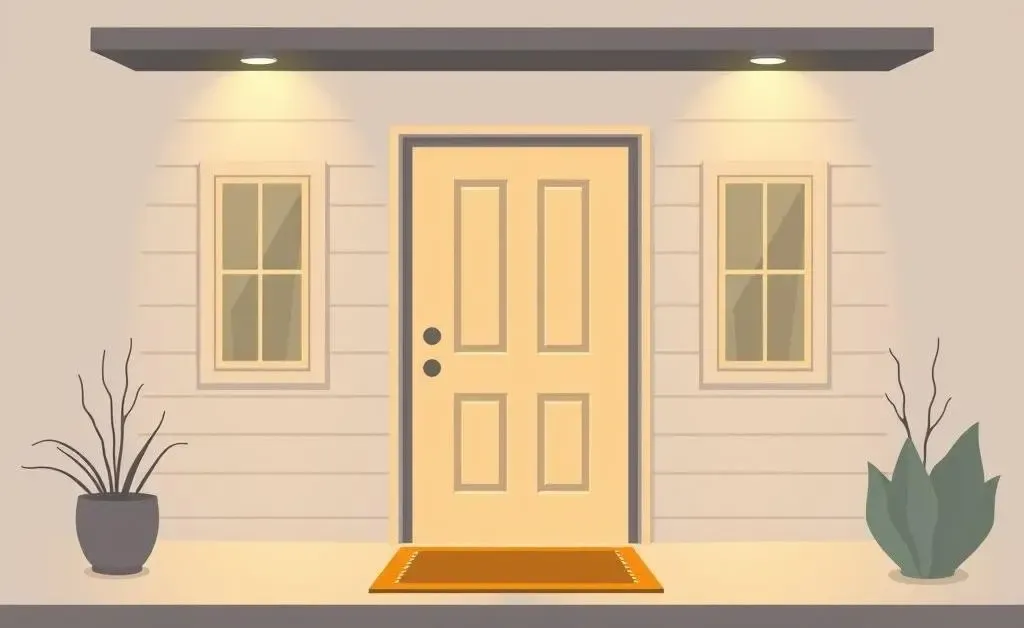
So you've decided you're ready to buy your first home, but the term 'down payment' is looming over you like a mysterious gatekeeper, isn't it? Don't worry, nothing's as daunting as it seems with a little friendly guidance.
What Exactly is a Down Payment?
Let's start with the basics. The down payment is simply the upfront cash you pay towards your home's purchase. It's a percentage of the home's total price and serves as your initial equity in the property. Sounds simple, right?
But here's the thing: how much do you really need to save for?
Understanding How Much You Need
The ideal down payment amount varies, but often you’ll hear 20% as the magic number. This ideal amount helps you avoid private mortgage insurance (PMI) and gives lenders confidence in your investment. However, it's not a hard-and-fast rule.
- FHA loans allow as little as 3.5% down.
- Traditional loans might require 5% to 10%.
- Some programs offer assistance for qualifying homebuyers.
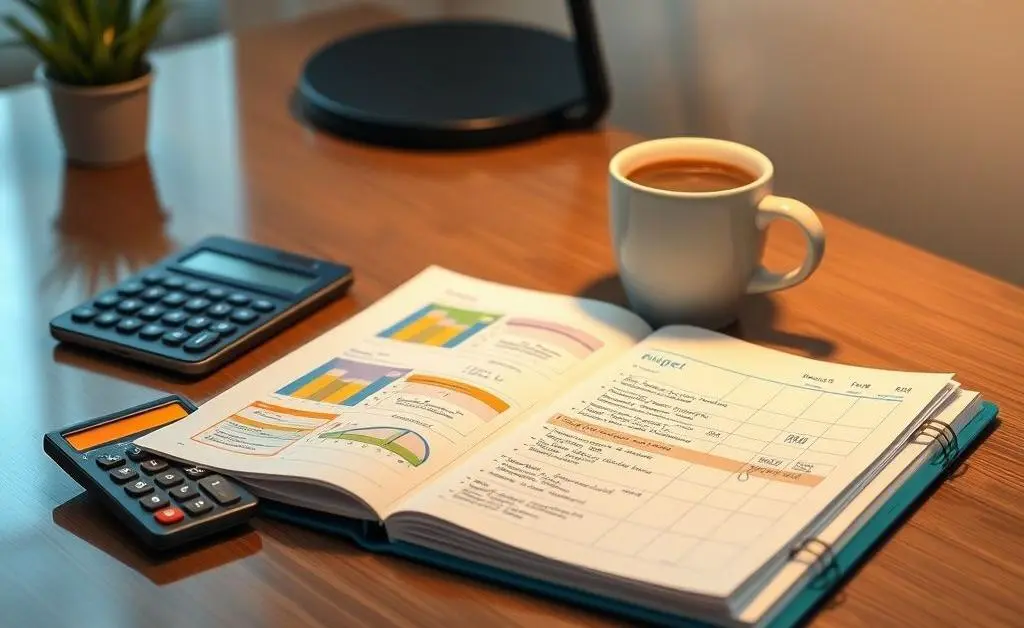
In reality, finding the right number requires balancing your current savings, future financial plans, and comfort level. Imagine Lilly, a fictional first-time homebuyer who spent months confused about how much to save. She thought she needed that elusive 20% and nearly delayed her exciting journey. Eventually, understanding her options made the buying process more approachable and personal.
Why Down Payment Amounts Matter
The down payment is a pivotal element in shaping your mortgage terms. A larger down payment often means:
- Lower interest rates
- Reduced monthly payments
- A more favorable loan term
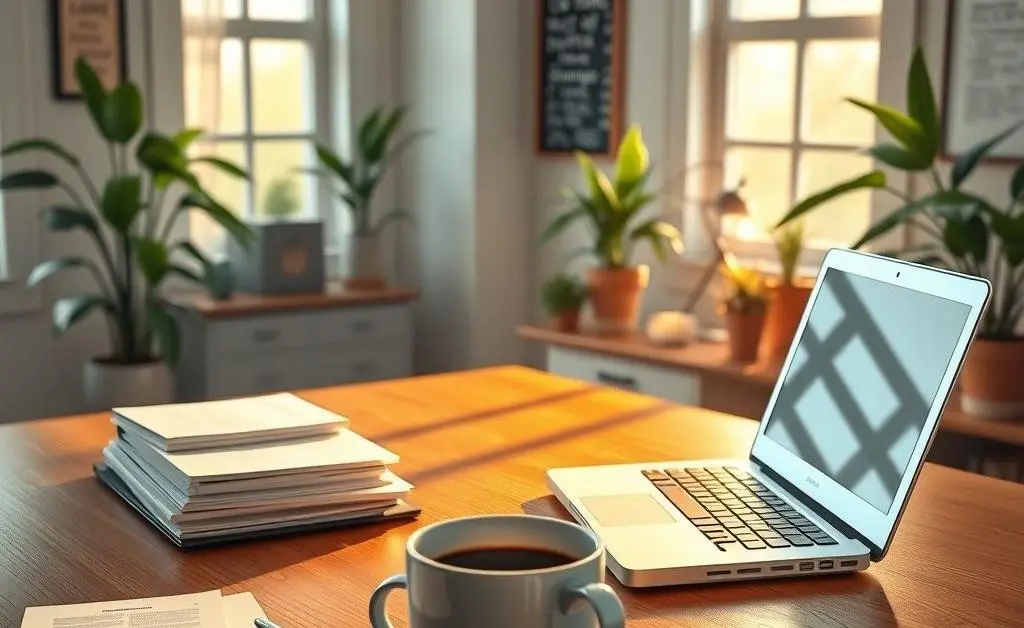
At the same time, making an enormous upfront payment isn't always the best strategy. It's essential to keep some savings as a safety net post-purchase.
Steps to Save for Your Down Payment
Savings doesn't have to be overwhelming. Let's break it down:
- Set a Goal: Figure out how much you need and by when.
- Automate Savings: Schedule regular transfers to your savings account.
- Reduce Unnecessary Expenses: Make a budget and cut where you can.
These small steps, like the ones Lilly took, add up over time, and watching your savings grow can be incredibly rewarding.
Considering Future Financial Stability
Before making a down payment decision, it's not just about how much you can afford today, but also how that payment fits your future. It's akin to planting a tree - it shouldn’t just stand; it should grow with you.

Be sure to explore resources and speak with financial advisors to craft a strategy tailored for your unique needs and dreams.
Conclusion
In the end, understanding and planning for your down payment is a vital step in the home buying journey. It's less about following a set formula, and more about what makes sense for you. How are you feeling about your down payment plan? Are there any other aspects of home buying you'd like to explore together next?



